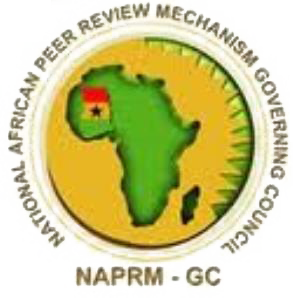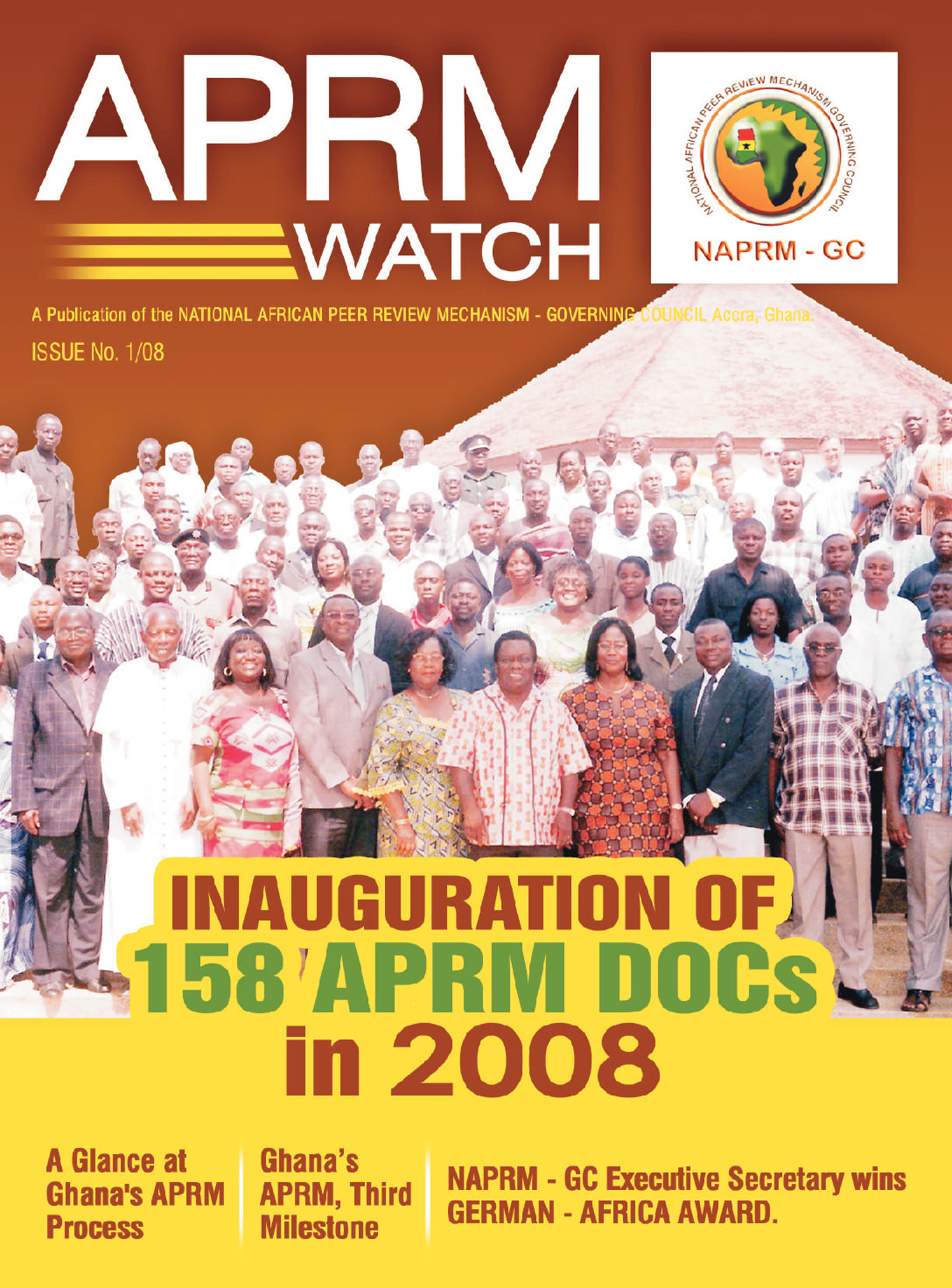The Objectives, Leadership, Management and Components of WACCA
The opening ceremony and the presentations at the conference paved the way for discussions on the formulation of guidelines and expectations on the establishment of the West African Centre for the Advancement of the APRM (WACAA).
Four groups were appointed to deliberate on the Structure of the WACAA, Leadership and Management of the WACAA, Funding of the WACAA, and Relationships, Partnerships and Communication Channels.
Structure of WACAA
With regard to the structure, participants proposed a number of issues, including the following:
that the West African Centre for the Advancement of the APRM (WACAA) should have a Board of Governors made up of all the Chairpersons of the National APRM Governing Councils and Commissions in West Africa
that membership of the Committee should be scientific, non-permanent and be made up of research institutions and individual researchers within West Africa. Researchers from other parts of Africa and beyond could be considered for membership
that a Secretariat headed by a Chief Executive Officer (CEO) be established with departments required for efficient execution of WACAA objectives
that WACAA should collaborate with the continental APRM Secretariat as well as ECOWAS towards the realization of common objectives
that African Ownership and Leadership of WACAA should not be compromised
that WACAA should exhibit the African culture of doing business and work within the framework of the African Governance Architecture (AGA)
that a Resource Centre in the set up should be named after the late Executive Secretary of the NAPRM-GC, Dr. Francis Appiah
Leadership and Management Of WACAA:
There should be a Governing Board made up of one representative each from all countries that have acceded to the APRM in West Africa. Observer status should be given to countries waiting to accede.
The Board of Governors should appoint their leaders but the positions of President and vice- President should be a two-year tenure and should rotate between English and French-speaking West Africa. There should be a Management Committee made up of all members of the Governing Board. The Management Committee should also elect their leaders for a two-year term. There should be a Secretariat and an Executive Committee.
Funding for the WACAA
Africa must be prepared to fund her own revolution and end the quest for aid. Africa is not poor, she is just suffering from a misallocation of resources Stable secure and sustainable sources of funding should be guaranteed for the centre; a department or body should be set up to manage the finances of the WACAA
Funding of WACAA must be made transparent. There should be a compulsory accounting formula to enhance transparency and accountability The West African countries which have acceded to the APRM should demonstrate their political commitment to the WACAA by providing the initial funds for operation. A minimum contribution should be agreed but member-countries who can afford more could do so.
The second source of funding should be the Economic Commission of West African States (ECOWAS), through its governance programme and it should be the biggest source. The contribution of ECOWAS is very important because at the regional workshop on the implementation of the APRM which was held in Accra in August 2009, it made a commitment to the establishment of WACAA.
Sub-regional organizations like the West African Monetary Union (WAMI), the African Development Bank, the West African Monetary Institute (WAMI) and the Central Bank of West African States.
The private sector banks and telecommunications companies in the sub-region; the centre should set up an investment fund in the banks to accrue interest to fund activities.
International development partners -CIDA, UNDP, ECA etc.
WACAA should operate within the framework of the African Governance Architecture to facilitate AU and ADB funding. Equally important is for WACAA to generate funds when it is established and it begins operation.
Relationship, Partnerships and Communication Channels, The Governing Council should be the conveners in engagement with WACAA
There should be direct involvement with ECOWAS to ensure accreditation and recognition of the WACAA
WACAA should work with civil societies that work on governance issues so as to carry its messages to the people and provide feedback
WACAA should consider offering training to civil society to build their capacity to monitor and track the APR Process.
Peer learning within the APRM should be institutionalized and strengthened by WACAA. WACAA should engage with the Pan African Parliament to move the process beyond the APRM; it should contribute to issues relating to the accelerated ratification of the African Charter on Democracy, Elections and Governance. With regard to external donors and partnerships, WACAA should focus on its objectives to maintain its integrity in line with the core principles of the APRM which are freedom, participatory development and accountability At the end of these exhaustive presentations, it was proposed that, in order to build trust and forestall any leadership crisis and confusion of roles, rules and guidelines on tenure and succession should be provided for the WACAA process.
It was suggested also that in order not to make it look like WACAA is competing with the APR Panel in South Africa, WACAA should inform the Secretariat of everything it does but in disagreement, it was explained that WACAA is an exercise at the level of the Governing Council and it is a form of peer interaction that does not depart from the goals of the APRM.

 newsletter-compressed
newsletter-compressed